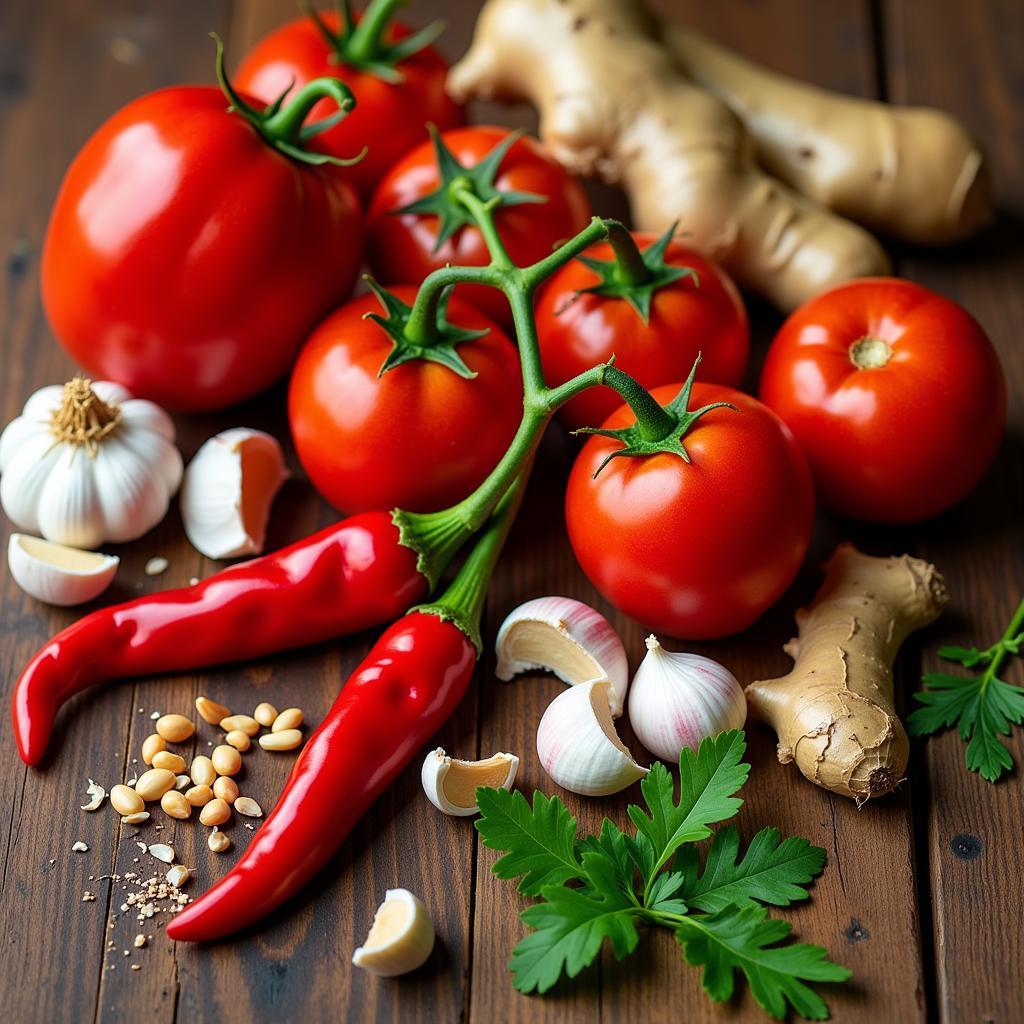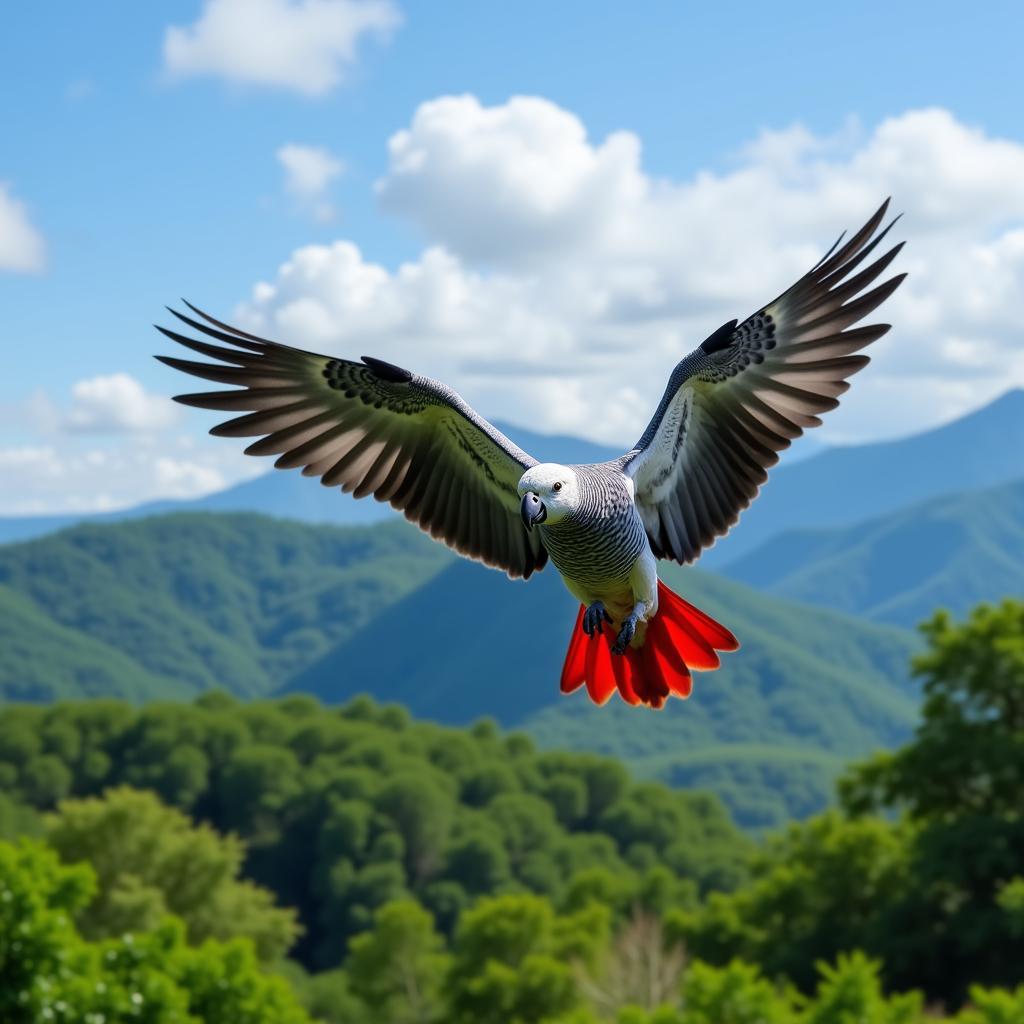African Fabric Painting: A Vibrant Art Form with a Rich History
African Fabric Painting is a vibrant and dynamic art form with a rich history spanning centuries. This captivating practice blends artistry, tradition, and cultural expression, creating unique textiles that tell stories and reflect the diverse heritage of the African continent.
The Origins and Evolution of African Fabric Painting
The roots of African fabric painting can be traced back to ancient times, where vibrant colors and intricate designs were used to adorn clothing, ritual objects, and household items. Early techniques often involved natural dyes derived from plants, minerals, and insects, creating a spectrum of colors that resonated with the earth and its elements.
Over time, fabric painting evolved alongside societal changes and cultural influences. From the intricate patterns of the Adinkra symbols in Ghana to the bold geometric designs of the Kuba people in the Democratic Republic of Congo, each region developed its own unique style and techniques.
Techniques and Materials
African fabric painting employs a variety of techniques, including:
- Hand painting: Using brushes, sponges, and stencils, artists meticulously apply dyes to create intricate patterns and designs.
- Tie-dye: This technique involves tying knots or twisting the fabric to create resist areas that prevent dye from penetrating, resulting in stunning patterns of color and texture.
- Batik: In batik, wax is applied to the fabric to resist dye, creating a detailed and intricate design. The process often involves multiple layers of wax and dye, resulting in a unique and luminous effect.
The materials used for African fabric painting vary depending on the region and tradition. Common materials include:
- Cotton: A versatile and widely available fabric used in a variety of styles and techniques.
- Silk: This luxurious fabric is often used for special occasions and ceremonies, resulting in rich and vibrant designs.
- Natural dyes: As mentioned earlier, natural dyes derived from plants, minerals, and insects were traditionally used for their vibrant colors and eco-friendly qualities. Today, synthetic dyes are also commonly used, offering a wider range of colors and better colorfastness.
Cultural Significance and Symbolism
African fabric painting is not merely a decorative art form; it carries deep cultural significance and symbolism. Designs often represent:
- Ancestral traditions: Patterns and symbols can be linked to specific clans, lineages, and historical events, preserving cultural heritage and knowledge.
- Beliefs and spirituality: Some designs incorporate religious symbols, deities, or spiritual concepts, reflecting the strong connection between art and spirituality in African culture.
- Social status and identity: Clothing, adorned with intricate fabric paintings, can signify social status, rank, or membership in specific groups.
Contemporary Expressions
In the 21st century, African fabric painting continues to thrive, evolving with the times and embracing new materials and techniques. Contemporary artists are using their skills to express personal stories, social commentary, and contemporary themes, redefining traditional designs and pushing the boundaries of the art form.
“African fabric painting is a living art form that evolves with each generation, reflecting the creativity and resilience of the African people.” – Aisha Amani, Textile Artist
The Future of African Fabric Painting
As African fabric painting continues to evolve, it is poised to play an even greater role in the global art scene. Its vibrant colors, intricate designs, and rich cultural significance have captivated audiences worldwide, and its appeal is set to grow as more people discover the beauty and depth of this unique art form.
FAQs
Q: Where can I buy African fabric paintings?
A: African fabric paintings can be found in a variety of places, including:
- Local markets and craft shops in African countries: This is a great way to support local artisans and find unique and authentic pieces.
- Online retailers: Several online stores specialize in African fabrics and art, offering a wide selection of paintings and textiles.
- Art galleries and exhibitions: African fabric paintings are increasingly featured in galleries and exhibitions around the world, providing opportunities to experience the art form firsthand.
Q: What are some famous African fabric painting styles?
A: Some well-known and celebrated styles include:
- Adinkra: From Ghana, featuring symbols that represent proverbs, values, and beliefs.
- Kuba: Originating from the Democratic Republic of Congo, characterized by bold geometric patterns and intricate designs.
- Bogolanfini: Also known as “mud cloth,” a technique from Mali using natural dyes and mud to create intricate patterns.
- Ankara: A popular wax-resist printed fabric often used for clothing and accessories.
Q: How can I learn more about African fabric painting?
A: There are many resources available to learn more about African fabric painting:
- Books and online articles: Several books and websites offer detailed information on the history, techniques, and cultural significance of this art form.
- Workshops and classes: Many artists and organizations offer workshops and classes in fabric painting, providing hands-on learning experiences.
- Museums and cultural centers: Many museums and cultural centers around the world feature exhibitions on African art, including fabric painting.
Q: What are some examples of contemporary African fabric artists?
A: There are many talented contemporary artists working with African fabric painting. Here are a few examples:
- Aisha Amani: A Ghanaian artist known for her innovative use of traditional techniques and contemporary themes.
- Ndidi Emefiele: A Nigerian artist exploring themes of identity, culture, and social issues through her fabric art.
- Tolulope Oguntokun: A Nigerian artist using fabric as a medium to create powerful and thought-provoking works of art.
This is just a glimpse into the fascinating world of African fabric painting. As you delve deeper into this rich art form, you will discover a captivating blend of tradition, artistry, and cultural expression that continues to enchant and inspire audiences worldwide.


